Magneto 14 Click
R370.00 ex. VAT
Magneto 14 Click is a compact add-on board with an accurate and reliable magnetic device. This board features the MA735, a contactless angle sensor with ABZ, and PWM output from Monolithic Power Systems. The MA735 sensor has a 9-bit to 13-bit resolution of the absolute angle encoder. With its fast data acquisition and processing, it provides accurate angle measurements at speeds from 0rpm to 60.000rpm. The sensor can be used in both end-to-shaft and off-axis (side-shaft mounting) configurations. This Click board™ makes the perfect solution for the development of applications for automotive angle sensing, robotics, high-resolution angle encoders, and general-purpose angle measurements.
Magneto 14 Click is fully compatible with the mikroBUS™ socket and can be used on any host system supporting the mikroBUS™ standard. It comes with the mikroSDK open-source libraries, offering unparalleled flexibility for evaluation and customization. What sets this Click board™ apart is the groundbreaking ClickID feature, enabling your host system to seamlessly and automatically detect and identify this add-on board.
Stock: Lead-time applicable.
| 5+ | R351.50 |
| 10+ | R333.00 |
| 15+ | R314.50 |
| 20+ | R302.66 |

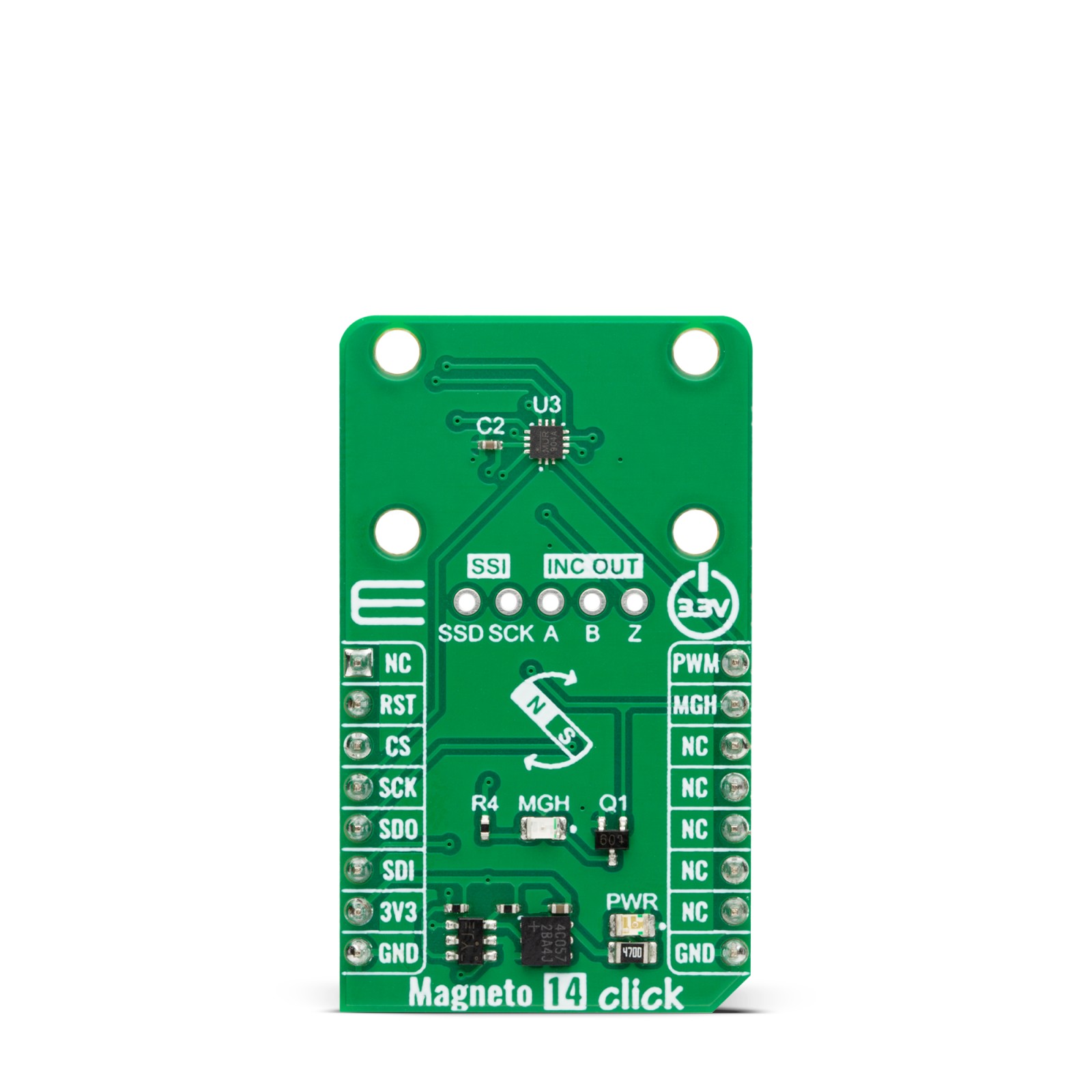
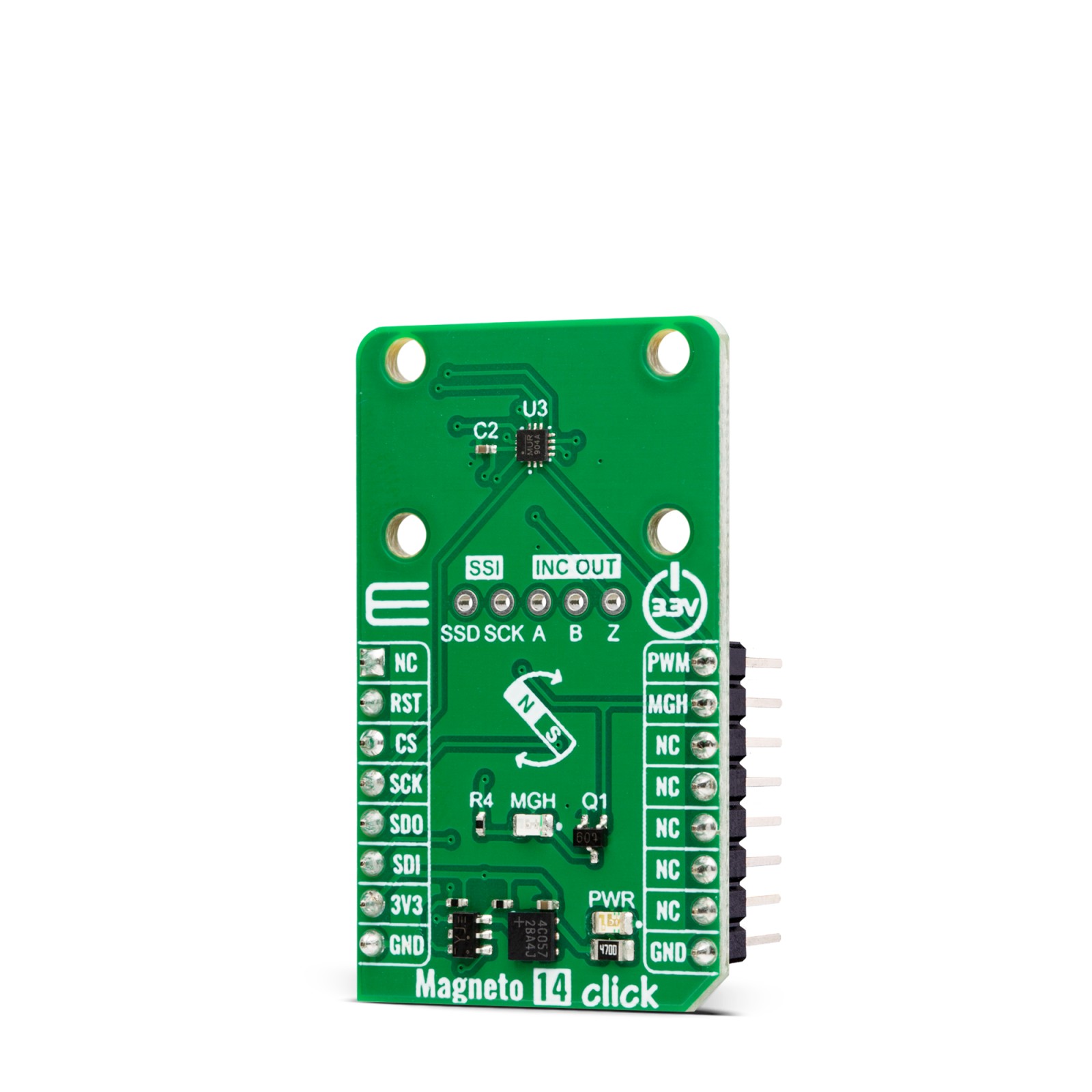

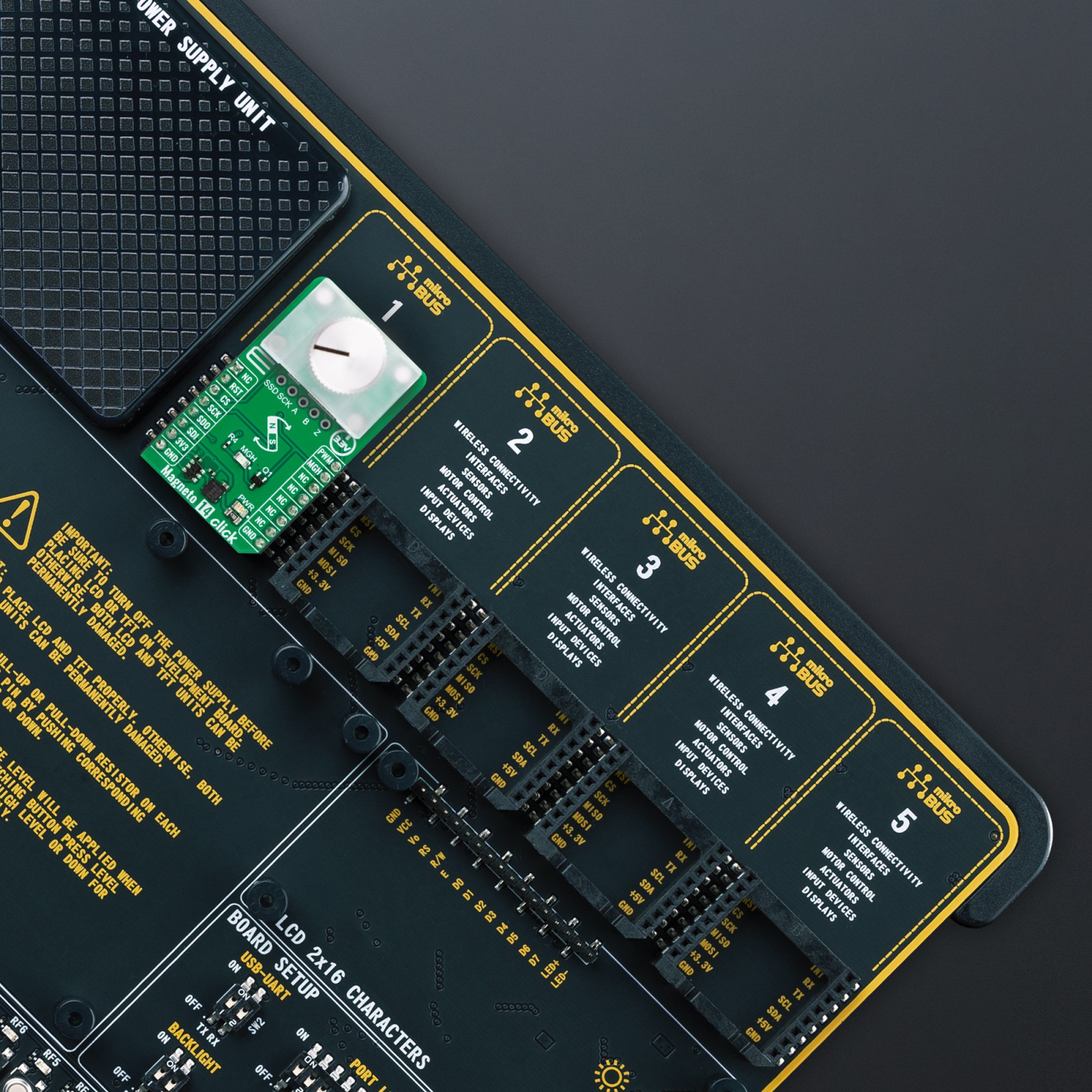
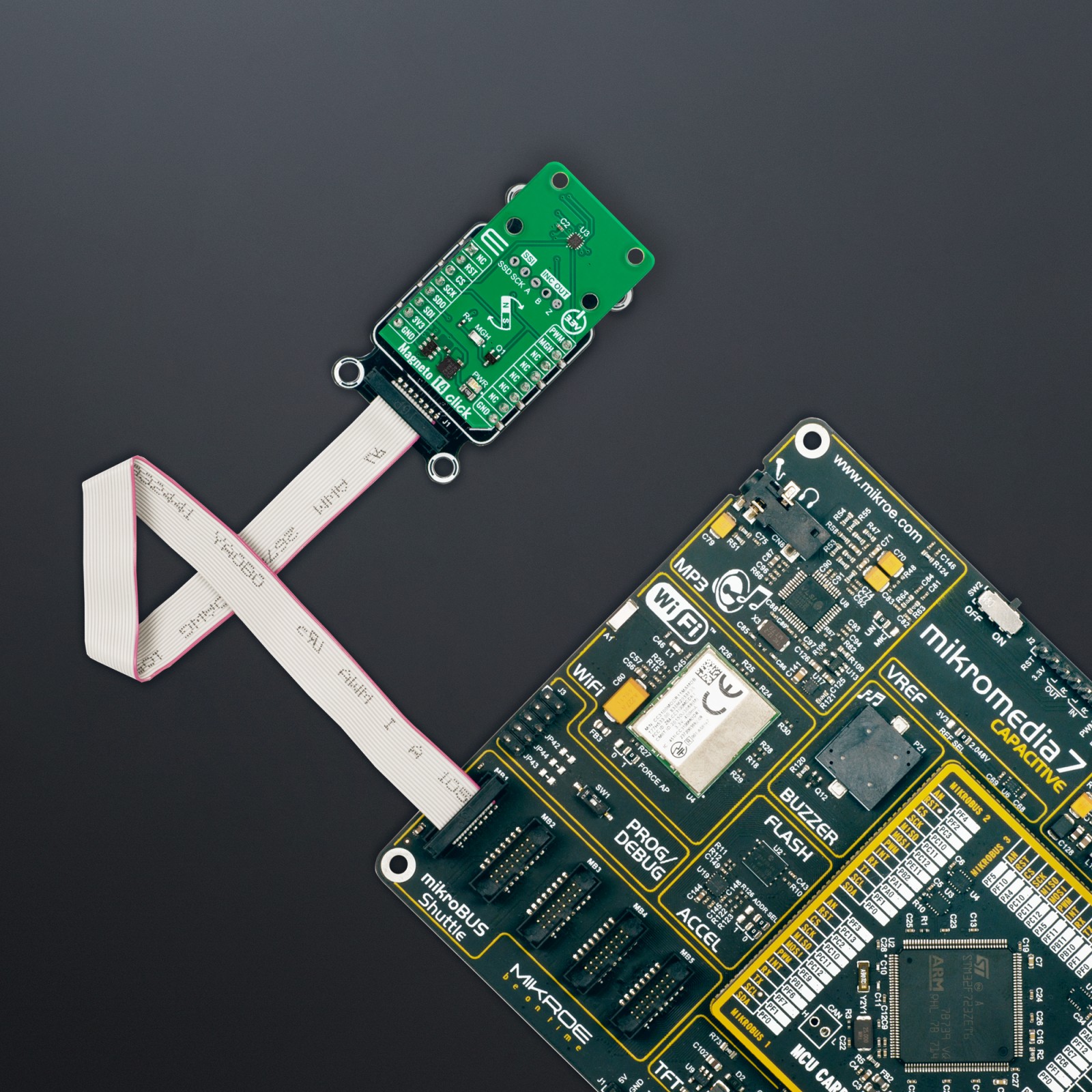
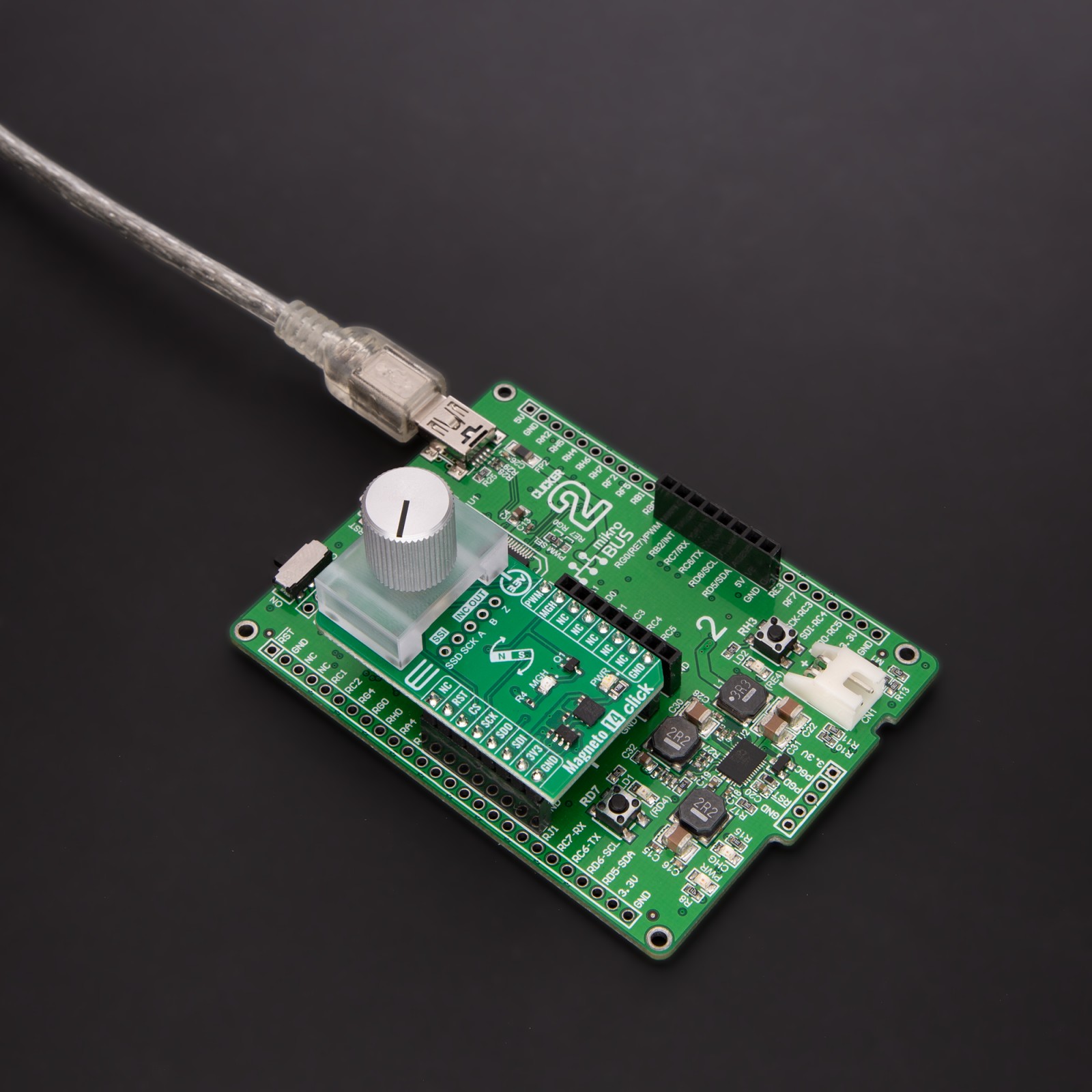
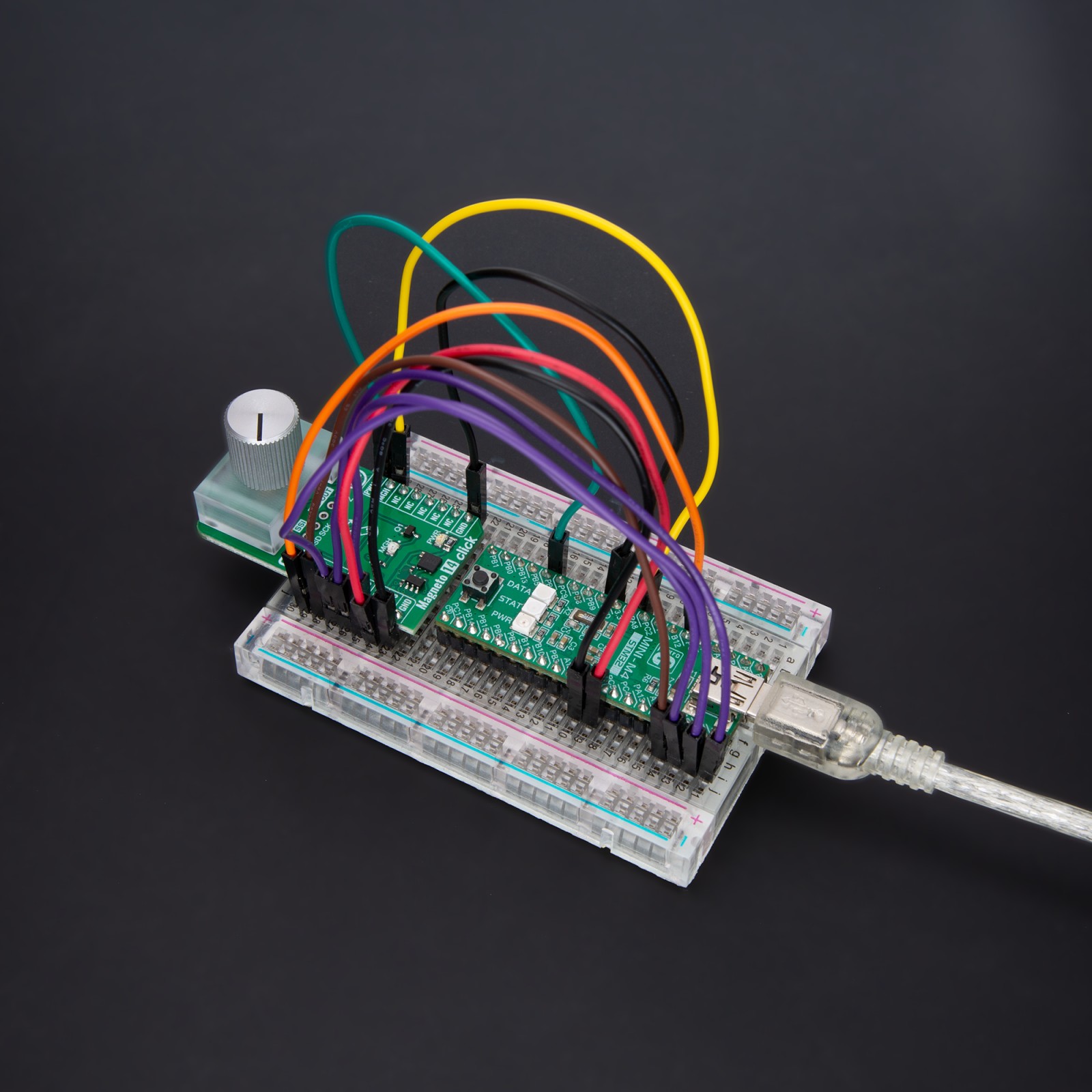
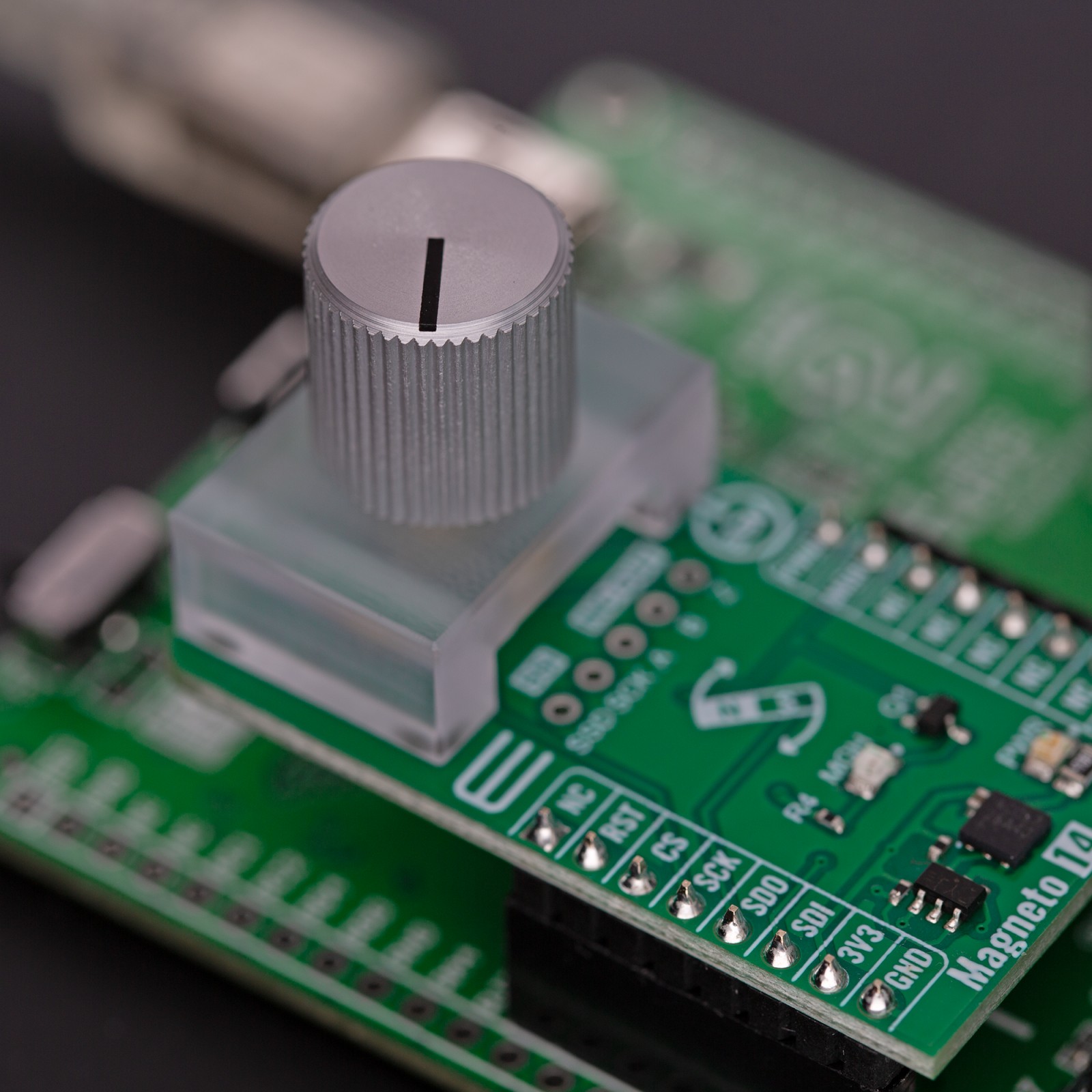
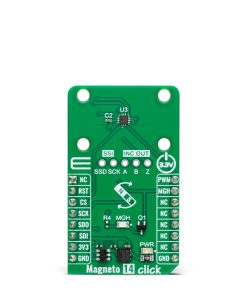

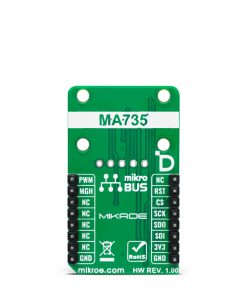

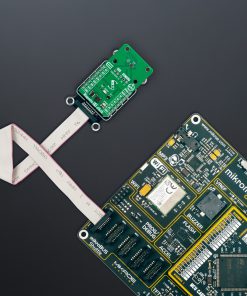
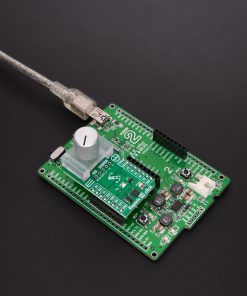
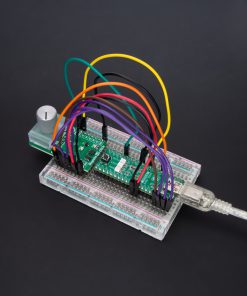
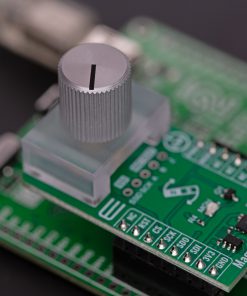
.jpg)








